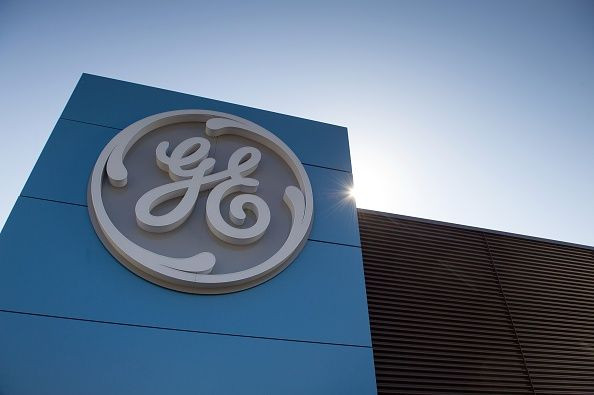Boston Welcomes General Electric As Company Disputes EPA Cleanup Plan

When Massachusetts officials put on a luncheon feting General Electric CEO Jeffrey Immelt last week, they were celebrating the company’s decision to accept hundreds of millions of dollars worth of taxpayer incentives and move to the state. At the same time, however, GE is not backing off its refusal to fully remove the toxins it dumped in one of Massachusetts’ largest waterways.
In fact, in the weeks leading up to the luncheon, the company forged ahead in its fight with environmental regulators who say it should clean up its Massachusetts mess.
The dispute concerns the company’s 45 years using a suspected carcinogen called polychlorinated biphenyls, or PCBs, at its old plant in Pittsfield, in the Berkshire hills of western Massachusetts. The chemical, which was banned by the Environmental Protection Agency in 1979, seeped into the Housatonic River, which flows through western Connecticut. In 2000, the EPA, Massachusetts officials and GE finalized a $250 million settlement to remove the PCBs from the river and surrounding area. Regulators in 2014 released a $613 million proposal for the next phase of the cleanup, but GE announced this month it is refusing to comply with the plan.
That decision, however, has not stopped state officials from offering GE roughly $145 million of taxpayer incentives to move its headquarters from Fairfield, Connecticut, to Boston — nor has it prompted public officials to try to tie the tax incentives to any commitment by GE to stand down in its fight with the EPA.
"There's no connection, in my view, between those two items,” Massachusetts Gov. Charlie Baker told local press earlier this year.
The view of Baker — whose narrow 2014 election was boosted by a Republican group that accepted $125,000 from General Electric’s political action committee — is not shared by some environmental leaders in the state. Timothy Gray, a Berkshire County resident and executive director of the Housatonic River Initiative, told International Business Times that GE owes it to the region to "take care of their business."
"Everybody wants GE to come to Boston, and there's no problem with that," said Gray. "We just want GE to pony up.”
Whether or not the cleanup came up in GE’s negotiations with Baker’s administration and with Boston Mayor Marty Walsh so far remains a mystery. Last week, Walsh’s office told a local newspaper that it will have to pony up more than $1,700 to fulfill its open records request for documents related to the deal.
As GE accepts the taxpayer largesse and is celebrated by Massachusetts leaders, its fight with the EPA is working its way through the agency’s administrative process, and could end up in court. In the dispute, the company and the federal agency don't merely disagree on how to conduct the cleanup; they disagree on the source of their disagreement. EPA Region 1, which covers New England, sees GE's opposition as being mostly related to the proposed price tag.
"We really try to balance our decision. We evaluated all of what we think are the relevant factors," EPA Region 1 representative Jim Murphy told IBT. "Cost, which GE seems to be focused on, is one of the relevant criteria. But it's not the only one."
But GE Vice President Ann Klee protested that characterization in a letter to EPA Regional Counsel Carl Dierker earlier this month.
"EPA's claim that GE seeks only to 'reduce its costs' is totally inconsistent with the history of GE's engagement with EPA, the Commonwealth of Massachusetts, and the State of Connecticut on the Pittsfield/Housatonic River Site," wrote Klee. "GE has spent hundreds of millions of dollars on the remediation of the river, GE's former Pittsfield facility, and surrounding areas."
Instead, GE's argument rests mainly on what it says is the EPA's failure to comply with the letter of the 2000 consent decree governing the cleanup. The company objects to the requirement that contaminated materials be transported out of state, and to proposed cleanup criteria that it says exceed the scope of the consent decree.
The Housatonic isn't the only river to feature a major PCBs cleanup in recent years. GE has also spent years in a disputed decontamination of New York's Hudson River, which it polluted during the mid-20th century. The GE finished its cleanup in 2015, and on Tuesday the EPA began its second review of the site to ensure the decontamination was successful.
© Copyright IBTimes 2025. All rights reserved.






















